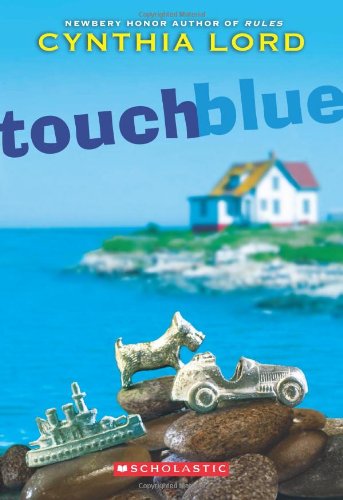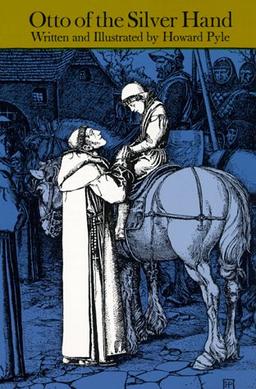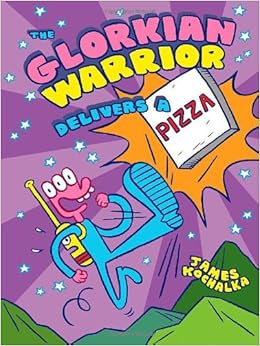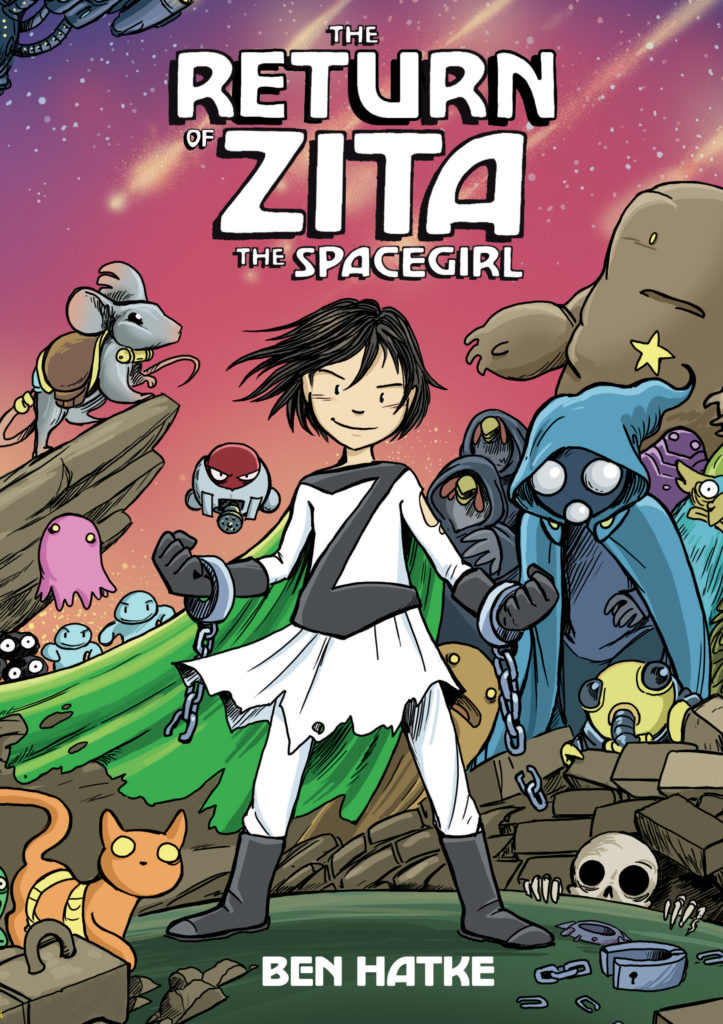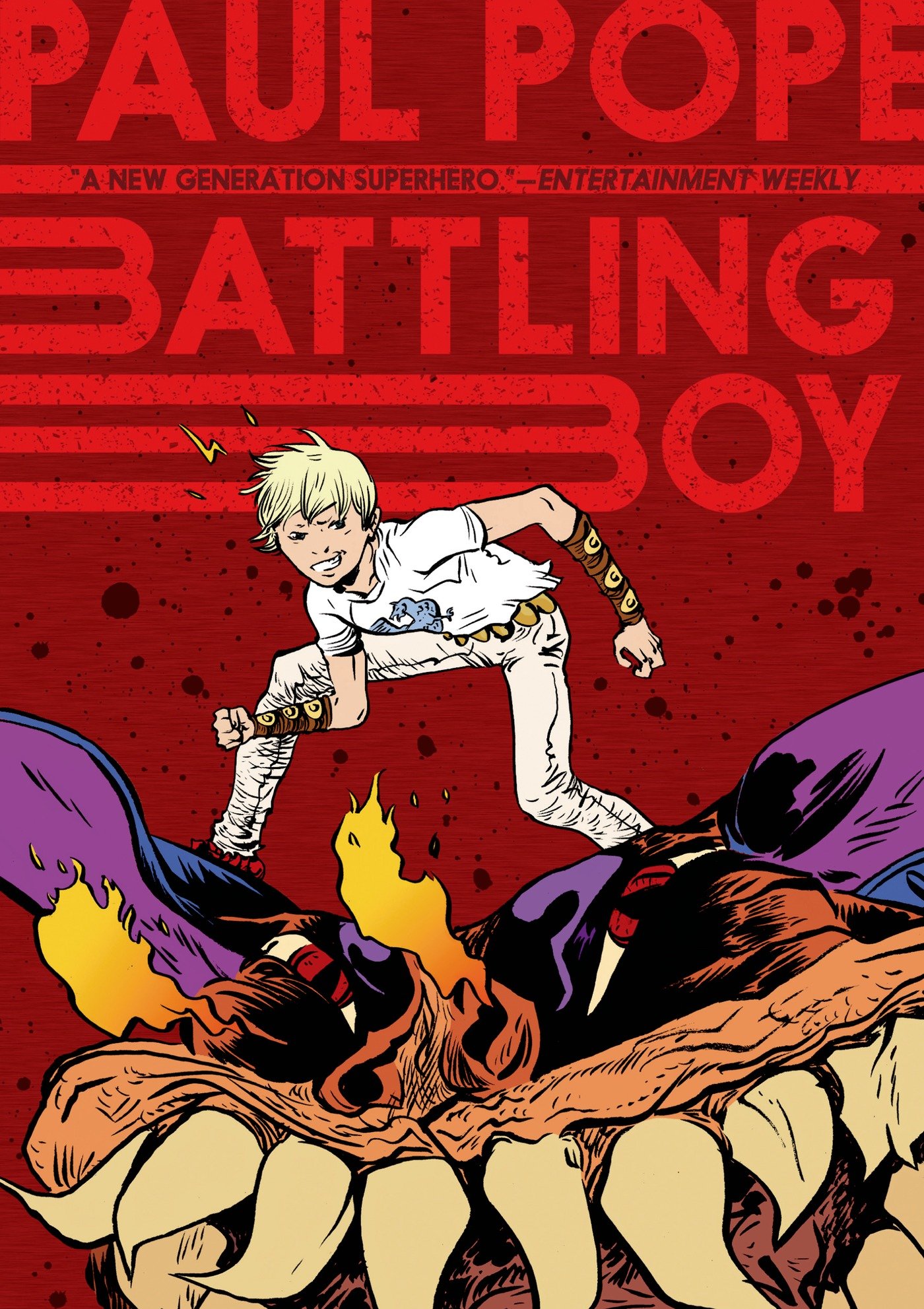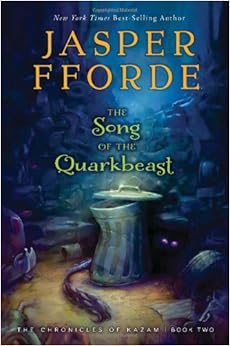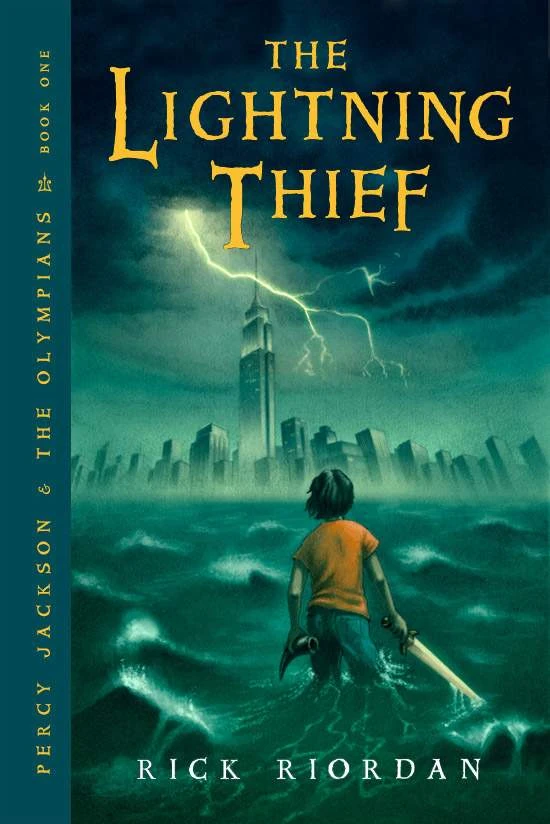
My young friend Zander likes to take things apart and build things and figure out how things work. My former student Jeremy broke his leg one summer and figured out how to use a wagon, some plastic sheeting, a car battery, and a fan to build an air conditioned trailer for himself so his friends could tow him on their bikes. My friend John is an engineer and the head of research and development for a hydraulics company. All of them (and some people you know, and you, and me) will like The Year Money Grew on Trees.
School is out for the year and Jackson's parents are saying he should get his first summer job working for a company that the school bully also works for. As Jackson is trying to figure out how to avid this fate, he has an odd conversation with his even odder neighbor lady. Her grown son has angered her and she has decided she wants to give away the 300-tree apple orchard that is attached to her property. She suggests that Jackson farm it for the summer. If he will pay her $8,000 off the top of his profits, he can keep the rest and she will give him the orchard. Jackson knows nothing of the farming, business, or even how to drive a car. But he accepts the deal, and they even meet with a lawyer and draw up a contract.
Soon Jackson is talking to an apple farmer at church about irrigation and pesticides, bargaining with a dairy farmer for manure to use as fertilizer, finding our how to open an account at the feed store, learning how to motivate his cousins to help him, figuring out how to put together the irrigation system (which is mostly pipes stored in a shed), learning how to drive a tractor, investigating marketing and sales, and worrying himself silly when the temperature at night dips too low.
This makes it sound like the book is a how-to manual. It is not. It is an interesting novel, with a remarkably gripping story (kudos to the author, who is a professor of electrical engineering -- but must have learned how to write really well somewhere along the line.)
This book would be useful for math, business, science, and English classes -- though it is probably best as an option in a classroom library. My young friend Zander is a fourth grader -- I think he could read this (though he is a good reader). It is probably ideal for fifth through high school. You would probably like it too.


